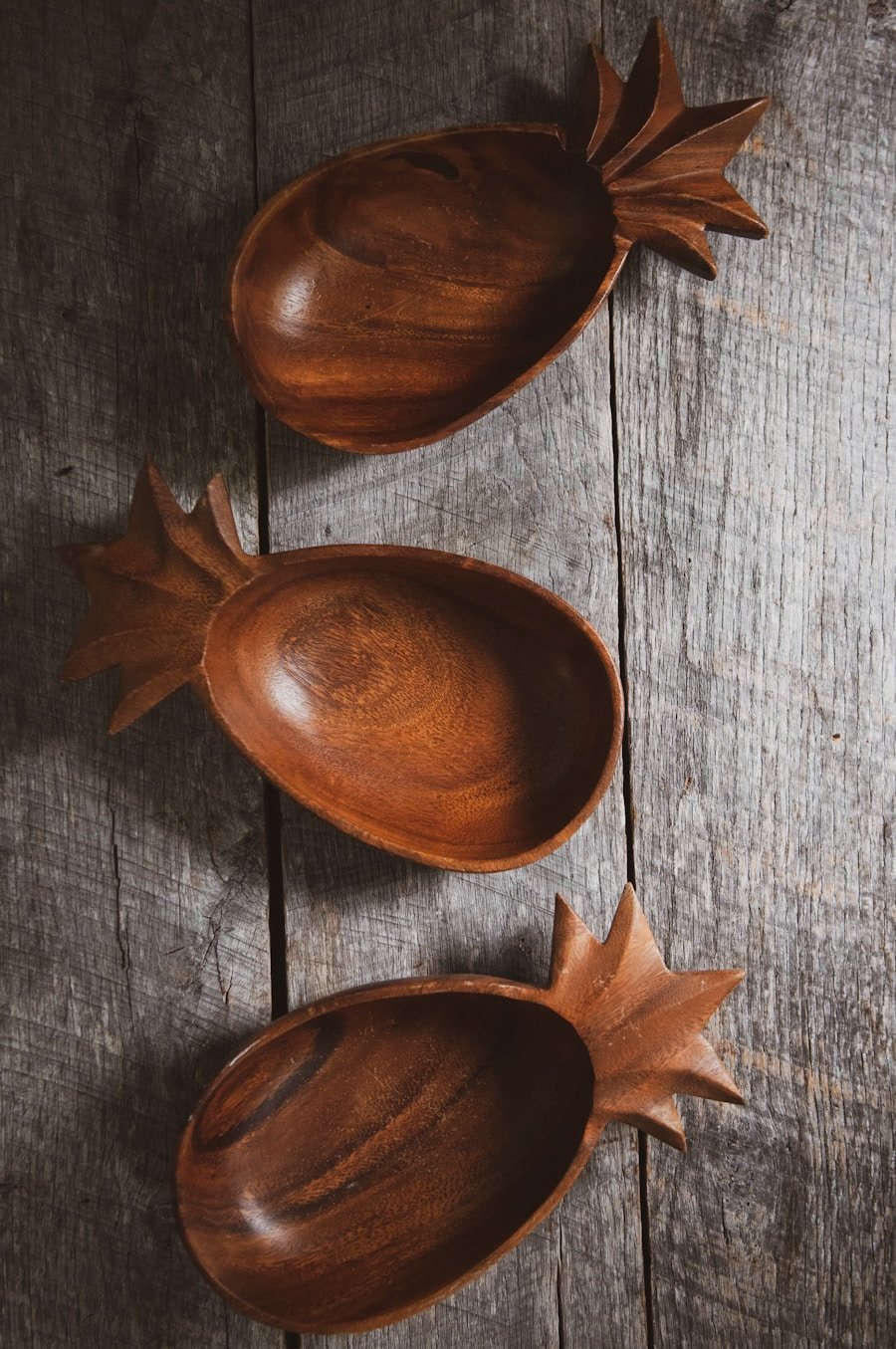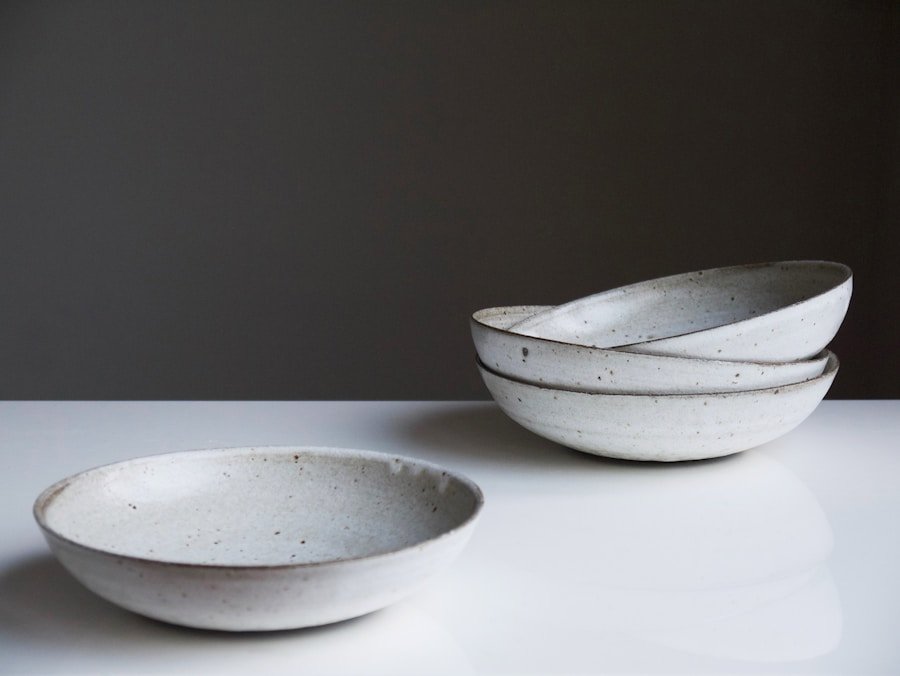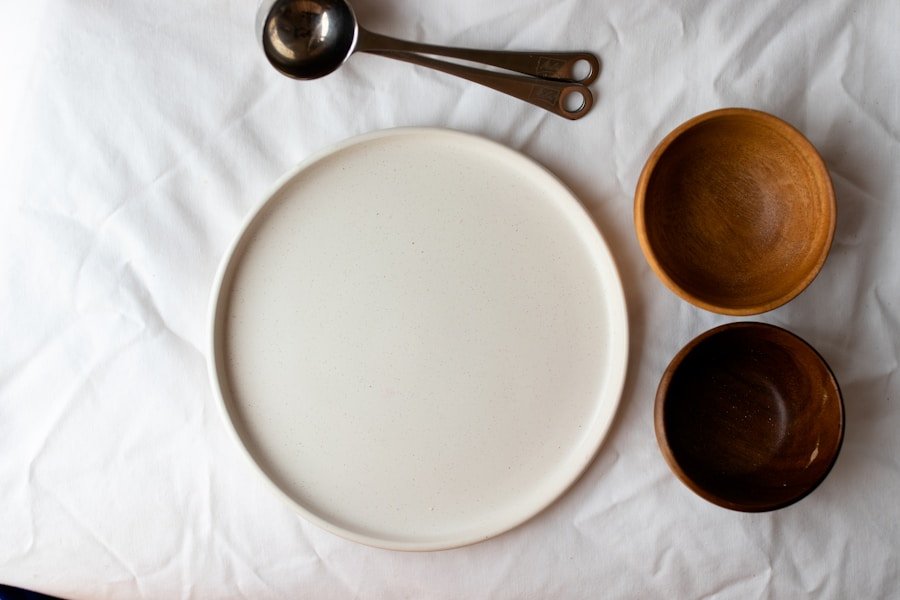This post may contain affiliate links. When you purchase through links on our site, we may earn an affiliate commission.
Heirloom grains hold a special place in the tapestry of our agricultural heritage. These ancient varieties, often passed down through generations, are not just seeds; they are stories, traditions, and a connection to our past. I find it fascinating how these grains have survived the test of time, often cultivated by small-scale farmers who prioritize quality over quantity.
Unlike modern hybrid grains, which are bred for uniformity and high yields, heirloom grains offer a diverse array of flavors, textures, and nutritional profiles. This diversity is crucial not only for our palates but also for the resilience of our food systems. Moreover, heirloom grains are a testament to biodiversity.
In a world increasingly dominated by monocultures, these grains remind us of the importance of preserving genetic diversity in our crops. Each heirloom variety has adapted to its local environment over centuries, making them more resilient to pests, diseases, and climate fluctuations. By choosing heirloom grains, I feel like I am participating in a movement that values sustainability and ecological balance.
Supporting heirloom grains means supporting the farmers who cultivate them and the ecosystems that thrive on their diversity.
Key Takeaways
- Heirloom grains are important for preserving biodiversity and cultural heritage, as well as for their unique flavors and nutritional benefits.
- Sourcing heirloom grains can be done through specialty stores, farmers markets, online retailers, and directly from local farmers and producers.
- When cooking with heirloom grains, it’s important to rinse them thoroughly, use the right cooking method for each type, and experiment with different flavor combinations.
- Try delicious heirloom grain recipes such as heirloom grain salad, heirloom grain risotto, and heirloom grain porridge to experience the diverse flavors and textures of these ancient grains.
- Heirloom grains offer nutritional benefits such as higher protein, fiber, and micronutrient content compared to modern grains, making them a valuable addition to a healthy diet.
How to Source Heirloom Grains
Learning from the Farmers
Engaging with these farmers not only allows me to source unique grains but also provides an opportunity to learn about their cultivation methods and the stories behind each variety. I find that these interactions are invaluable in understanding the true essence of heirloom grains.
Online Resources
In addition to local sources, I have discovered a wealth of online retailers dedicated to heirloom grains. Websites specializing in organic and heritage foods often carry a wide selection of grains that may not be available in my local area. I appreciate the convenience of ordering directly from these suppliers, as they often provide detailed information about the origins and characteristics of each grain.
Connecting with the Community
Furthermore, joining online communities or forums focused on heirloom agriculture can lead to valuable recommendations and connections with other enthusiasts who share my passion for these unique crops. These connections have been instrumental in expanding my knowledge and sourcing new and exciting heirloom grains.
Cooking with Heirloom Grains: Tips and Tricks

Cooking with heirloom grains can be a delightful experience, but it does require some adjustments to my usual culinary practices. One of the first things I learned is that these grains often have different cooking times and water absorption rates compared to their modern counterparts. For instance, when preparing farro or spelt, I make sure to soak them overnight to enhance their texture and reduce cooking time.
This simple step not only improves the final dish but also helps unlock the grains’ full nutritional potential. Another tip I’ve found useful is experimenting with different cooking methods. While boiling is a common approach, I enjoy roasting or sautéing heirloom grains to bring out their nutty flavors.
For example, I often toast quinoa or barley in a dry skillet before cooking them, which adds depth to their taste. Additionally, incorporating heirloom grains into salads or grain bowls allows me to showcase their unique textures and flavors while providing a satisfying meal. By being open to experimentation, I can create dishes that highlight the distinct qualities of each grain.
Delicious Heirloom Grain Recipes to Try
| Recipe Name | Main Ingredient | Calories per Serving | Preparation Time |
|---|---|---|---|
| Heirloom Grain Salad | Quinoa | 250 | 30 minutes |
| Heirloom Grain Porridge | Farro | 300 | 45 minutes |
| Heirloom Grain Pilaf | Barley | 280 | 40 minutes |
As I delve deeper into cooking with heirloom grains, I’ve compiled a collection of recipes that showcase their versatility and flavor. One of my favorites is a warm farro salad with roasted vegetables and a tangy lemon vinaigrette. The chewy texture of farro pairs beautifully with the sweetness of roasted carrots and bell peppers, creating a dish that is both hearty and refreshing.
I love how this recipe allows me to use seasonal produce while celebrating the unique qualities of the grain. Another delightful recipe I’ve come to enjoy is a spelt risotto infused with wild mushrooms and fresh herbs. The creamy consistency of the risotto combined with the earthy flavors of the mushrooms creates a comforting dish that feels indulgent yet wholesome.
I often finish it off with a sprinkle of grated Parmesan cheese and a drizzle of truffle oil for an extra touch of luxury. These recipes not only highlight the grains themselves but also inspire me to explore new flavor combinations and cooking techniques.
The Nutritional Benefits of Heirloom Grains
The nutritional profile of heirloom grains is one of the many reasons I am drawn to them. These ancient varieties are often richer in essential nutrients compared to their modern counterparts. For instance, many heirloom grains contain higher levels of protein, fiber, vitamins, and minerals.
This makes them an excellent choice for anyone looking to enhance their diet with wholesome ingredients. I appreciate how incorporating these grains into my meals can contribute to my overall health and well-being. Additionally, heirloom grains tend to have lower glycemic indices than refined grains, which means they can help regulate blood sugar levels more effectively.
This is particularly important for those of us who are mindful of our energy levels throughout the day. By choosing whole heirloom grains like quinoa or millet, I feel more satisfied after meals and experience fewer energy crashes. The combination of their nutritional benefits and unique flavors makes heirloom grains an essential part of my culinary repertoire.
Heirloom Grains and Sustainability

Aligning with My Values
Sustainability is a core value that guides my food choices, and heirloom grains align perfectly with this philosophy. By supporting heirloom varieties, I am contributing to agricultural practices that prioritize biodiversity and ecological health. These grains are often grown using traditional farming methods that avoid synthetic pesticides and fertilizers, promoting healthier soil and ecosystems.
Environmental Stewardship
This connection between food production and environmental stewardship resonates deeply with me. Moreover, heirloom grains can play a significant role in combating climate change. Their genetic diversity allows them to adapt better to changing environmental conditions, making them more resilient in the face of climate-related challenges.
A Conscious Choice for the Future
By choosing to incorporate these grains into my diet, I feel like I am making a conscious choice that supports sustainable agriculture and helps preserve our planet for future generations.
Incorporating Heirloom Grains into Your Diet
Incorporating heirloom grains into my diet has been an enjoyable journey filled with discovery and creativity. One simple way I’ve found to do this is by substituting traditional grains in my favorite recipes with heirloom varieties. For example, instead of using white rice in stir-fries or casseroles, I opt for brown rice or farro.
This not only enhances the nutritional value of my meals but also introduces new textures and flavors that keep things interesting. I also love experimenting with breakfast options by using heirloom grains like quinoa or amaranth in place of oatmeal. A warm bowl of quinoa topped with fresh fruit, nuts, and a drizzle of honey has become one of my go-to breakfasts.
It’s filling, nutritious, and sets a positive tone for the day ahead. By being intentional about incorporating these grains into various meals throughout the day, I can enjoy their benefits while expanding my culinary horizons.
The Future of Heirloom Grains
As I reflect on the future of heirloom grains, I feel hopeful about their potential role in our food systems. With growing awareness around food sustainability and biodiversity, more people are beginning to appreciate the value of these ancient varieties. This shift in consumer preferences could lead to increased support for small-scale farmers who cultivate heirloom grains, ensuring that these precious crops continue to thrive.
Furthermore, advancements in agricultural practices and technology may provide new opportunities for preserving heirloom varieties while enhancing their resilience against climate change. As more individuals embrace the importance of food heritage and sustainability, I believe we will see a resurgence in the popularity of heirloom grains in both home kitchens and restaurants alike. The future looks bright for these remarkable crops, and I am excited to be part of this journey toward a more sustainable and flavorful food landscape.
If you’re interested in incorporating heirloom grains into your diet, you may also enjoy reading about how to transform your life with a lifestyle and wellness guide. This article offers tips and advice on how to improve your overall well-being through various lifestyle changes. Additionally, if you’re looking to create a cozy and inviting space to enjoy your heirloom grain dishes, you may want to check out some home decor ideas in this article. And for those who enjoy getting crafty in the kitchen, you can explore some fun DIY crafts to enhance your dining experience in this article.
FAQs
What are heirloom grains?
Heirloom grains are traditional varieties of grains that have been passed down through generations. They are often prized for their unique flavors, nutritional benefits, and historical significance.
Why is there a revival of heirloom grains?
There is a revival of heirloom grains due to a growing interest in traditional and sustainable food practices. Heirloom grains are also valued for their diverse flavors and nutritional profiles, which are often lost in modern hybridized varieties.
What are some examples of heirloom grains?
Examples of heirloom grains include farro, spelt, einkorn, emmer, and teff. These grains have been cultivated for centuries and are known for their distinct flavors and nutritional benefits.
How are heirloom grains used in cooking?
Heirloom grains can be used in a variety of dishes, including soups, salads, pilafs, and baked goods. They can also be ground into flour for making breads, pastas, and other baked goods.
What are the nutritional benefits of heirloom grains?
Heirloom grains are often higher in protein, fiber, and essential nutrients compared to modern hybridized grains. They also contain a wider range of flavors and textures, making them a valuable addition to a healthy diet.
Where can I find heirloom grains?
Heirloom grains can be found at specialty food stores, farmers’ markets, and online retailers. Some local farms and co-ops may also offer heirloom grains for sale.

 using WordPress and
using WordPress and 
No responses yet